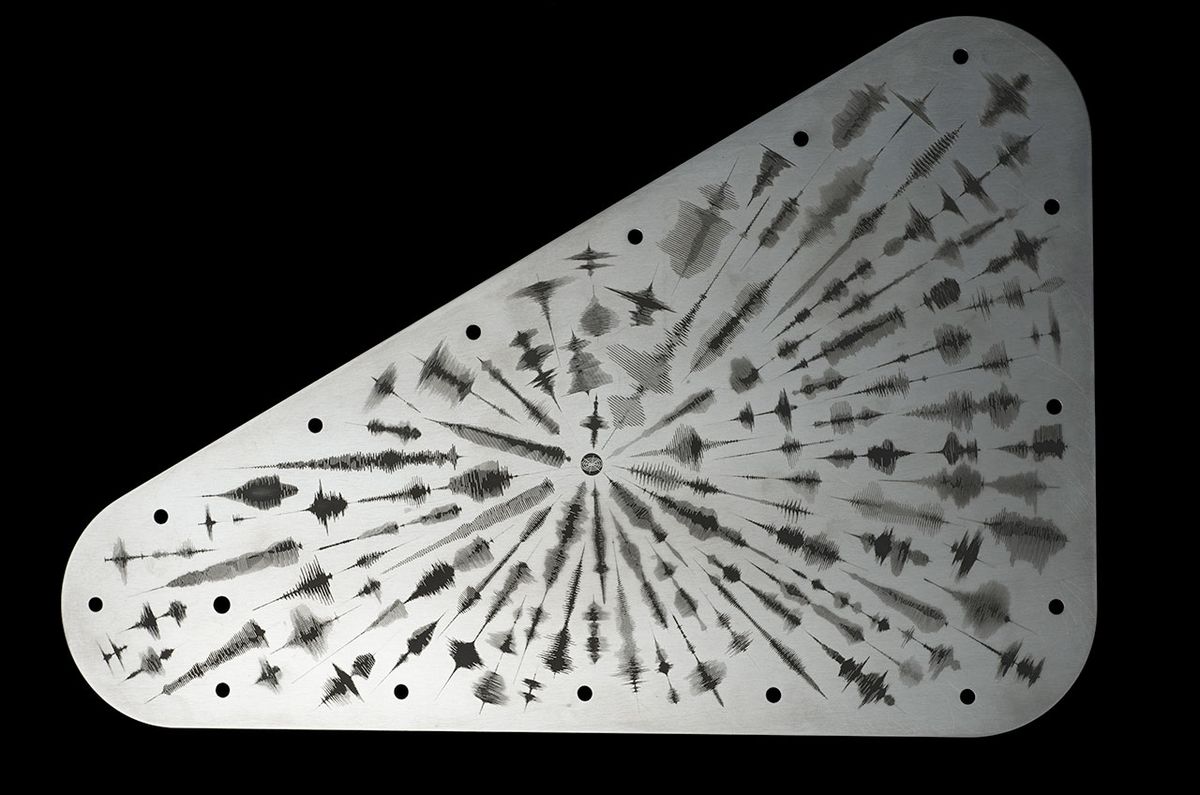Seasonal Spider-Like Features on Mars
The surfaces of planets are known to exhibit fascinating and sometimes perplexing natural phenomena. In the case of Mars, the European Space Agency’s Mars Express orbiter recently captured images of intriguing features that resemble spiders creeping across the Martian terrain near the region known as Inca City, situated near the planet’s south pole.
These peculiar spider-like formations emerge as a result of the interaction between sunlight and layers of carbon dioxide that accumulate during the Martian winter. When spring arrives, the sunlight warms the bottom layer of carbon dioxide ice, causing it to transition into gas. This gas then accumulates beneath the overlying ice layers, eventually breaking through ice layers measuring up to 3.3 feet (1 meter) thick.
The expulsion of gas carries dark dust particles from the underlying ground, propelling them upwards in a geyser-like eruption before settling back down on the Martian surface. This process results in the creation of cracked, spider-shaped formations spanning from 0.03 to 0.6 miles (45 meters to 1 kilometer) across.
The Inca City Landscape
Inca City, also known as Angustus Labyrinthus, features a distinctive linear and almost geometric network of ridges reminiscent of the Inca ruins found on Earth. This area is part of a circular feature measuring approximately 53 miles (86 km) in width, leading scientists to speculate that it may be an impact crater with the ridges formed by the gradual erosion of lava that once rose through the fractured crust of Mars.
Despite extensive study, the exact origins of Inca City remain uncertain. ESA officials posit several possible explanations, including the transformation of sand dunes into solid structures over time, the gradual seepage of materials such as magma or sand through fractured layers of Martian rock, or the formation of ridges known as ‘eskers’ that are typically associated with glacial activity.
The latest imagery of Inca City was captured by the High Resolution Stereo Camera (HRSC) onboard Mars Express on February 27, 2024, marking the autumn season on Mars. Notably, the Cassis (Color and Stereo Surface Imaging System) instrument aboard ESA’s ExoMars Trace Gas Orbiter had previously documented similar spider-like features near Mars’ south pole on October 4, 2020. The upcoming spring equinox on Mars is scheduled for November 12, 2024.
As our understanding of Mars continues to evolve, these intriguing observations serve as a testament to the complex and dynamic nature of the Martian landscape, offering valuable insights into the planet’s geological processes and history.
Image/Photo credit: source url





